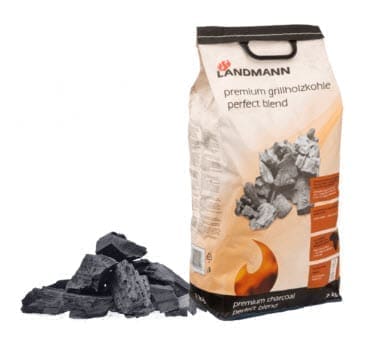What is charcoal anyway?

Charcoal (Latin: carbo), or charring of wood, derives its meaning from the decomposition (pyrolysis) of wood. This is an operation in which wood is heated in such a way that only a limited amount of oxygen can enter. Most of the wood then does not burn and the volatile compounds evaporate (source: Wikipedia).
The difference between coal and charcoal? Coal is a fossil fuel that takes thousands of years to form. Charcoal is produced by human hands in five days by burning dry wood with minimal oxygen. It takes about 3 kilograms of wood to obtain 1 kilogram of charcoal these days. Fifty years ago it was 15 pounds and further back many times more. Until the 1960s, the Veluwe region of the Netherlands was home to one of the largest producers of charcoal in Western Europe. Most charcoal today comes from South America (Paraguay and Argentina), Asia (India and Indonesia), as well as Africa (Somalia and South Africa).

Charcoal was produced by specialized charcoal burners by piling up large blocks of wood, covering them with damp sod and then igniting them. Through ventilation openings, the fire in these temporary furnaces, called meilers, was kept going and (by shutting off the supply of oxygen) stopped.







